10+ Google AdWords Marketing Samples
-

Multipurpose Banner Ads Bundle 2.0
-
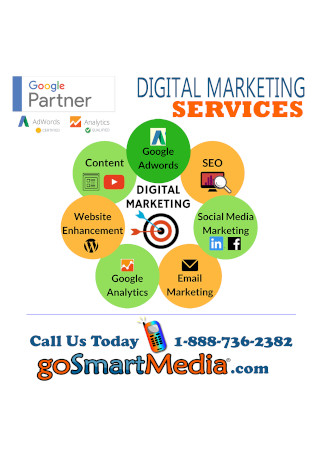
Digital Marketing Services
download now
-

Google Adwords Banners
download now
-
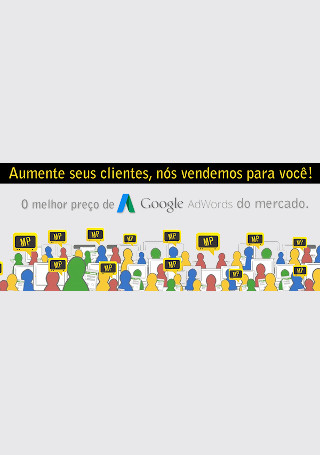
Digital Marketing Banners
download now
-

Google Adwords Marketing Sample
download now
-

Google AdWords Online Advertising Service
download now
-
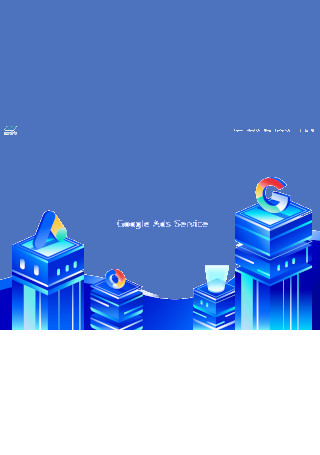
Google Adwords Service
-
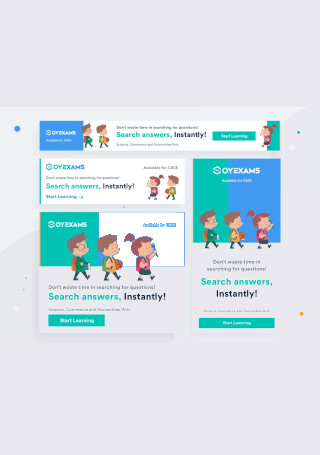
Google AdWords design
-
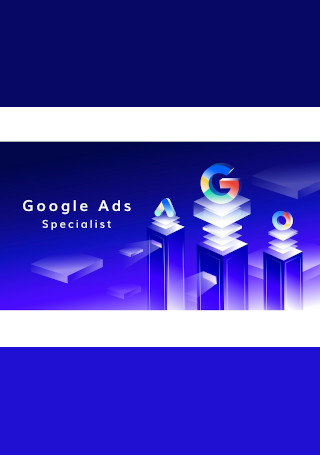
Google Adwords Service Sample
-
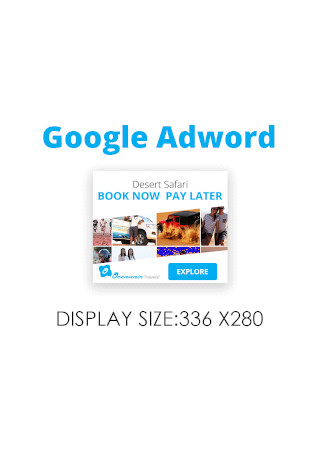
Google Adwords Display Marketing
-
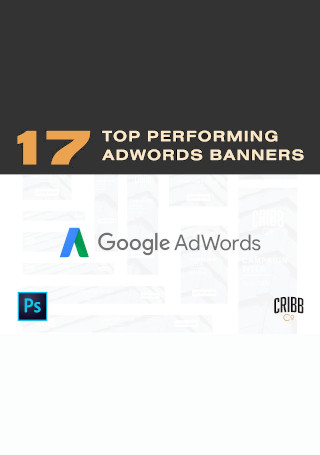
Sample Google AdWords Design
download now
What Is Google AdWords Marketing?
This is the official advertising system of Google. Its efficiency will depend on just how competitive your desired keywords are, in addition to how relevant it can be to the conversions any given company may be looking for. Concerning the costs, many factors exist that can affect that particular area. Every ad that is created is assigned a specific ad rank, which is vital to the position that a company may want its own ads to be in.
“72% of AdWords marketers plan on increasing their PPC budgets.” (Source: Search Engine Watch)
“Google owns 71% of the search market share.” (Source: Net Marketshare)
“98% of searchers choose a business that is on page 1 of the results they get.” (Source: BrightLocal)
Types of Google AdWords Marketing Strategies
The approach you take concerning strategy will have a great impact on your advertising and marketing, so it is important to take into consideration all of the viable options. Take a look at the three strategies laid out below and see for yourself which of these will serve your needs best.
Test out ads from several dimensions so you can find the best combination for its effectiveness: Paid search is an ongoing expense that can end up being quite heavy for you. Therefore, it is best to find ways to maximize the ROI of each cent you spend so that your marketing cost can be reduced. Among the advantages offered by Google AdWords’ Dashboard is the capacity to create various ad campaigns in just seconds. Through the use of different campaigns, test out the same keyword phrases that are targeted at various locations. This way you can determine which particular areas your products or services are doing best in. As an alternative, you can always try various keyword phrases in identical regions. The exact time and what day it is of the week also tend to matter. There are some who set specific time ranges on when to display ads, although that will leave out the rest of the week or day from the experiment.
How to Get Started with Google AdWords Marketing
Now that you are aware of the general strategies, the time has come to get started with Google AdWords. Below are the step-by-step instructions that you will need to ready yourself for the task at hand:
Step 1: Calculate your AdWords Budget
Have a budget in mind so that you do not spend too little or too much on your campaigns. This is something that is much easier to accomplish if you already have a detailed plan in mind regarding how you want to proceed. If you don’t have a plan yet, then it is worth looking into what you want to do first, add up all of the possible expenses, and then come up with your budget.
Step 2: Choose a Keyword
Now that you are better aware of how much you are comfortable spending, you may turn your attention to Google keyword planner. From there you can start looking for the right keywords that you want to use for your campaigns. Put yourself in your customer’s shoes and try to think of what phrases they are most likely to type into the Google search bar before you decide on certain keywords.
Step 3: Scout Your Competition
Just like in any other area of advertising and marketing, it is imperative to keep a close eye on the competition. If you know what they are doing, then you can track their progress better. Take a look at the keywords they are bidding for and see what they are avoiding. Such information is going to be crucial for your strategies going forward.
Step 4: Develop Your Landing Page
The significance of your website’s landing page cannot be understated. Even with the most well-thought-out campaigns and the best keywords chosen, without a landing page, you won’t see much in the way of conversions.
Step 5: Set Up Your Google AdWords Campaign
To begin setting up your campaign, it is worth looking into the location of your target audience. This will help you focus your ads better and limit their scope to the hottest locations only. To point here would be to create campaigns that house everything, including AdGroups, the keywords you have bid for, and then the actual ads that you are going to come up with. Take a look at the various settings and set them to your preferences or according to what your advertising and marketing goals are. Your campaigns may get bigger and become more complex over time, but having a strong foundation in the beginning will help you keep things together for much longer.
Step 6: Come Up with Your First Ad
The time has come at last for you to actually design your very first ad. Everything that came before this step has been building up to this very moment, so make sure you utilize all of your available tools to the fullest of all their potential. Be precise with your content and make it short, sweet, and as effective as possible. From there you will find yourself in a page with the code snippet, which you can copy and add to your ‘Thank You’ page’s HTML code.
Step 7: Set Up Your Conversion Tracking
Lastly, you need something to keep track of all the conversions produced by your ads. This is done by Google with the help of a code snippet that is placed on every page your visitors reach. Set this up in your dashboard by choosing ‘tools’ and then ‘conversions’ before ultimately selecting ‘website.’ Enter the necessary information before saving the settings.
The Dos & Donts of Google AdWords
Getting things right from the get-go is absolutely essential in the world of advertising. Pitfalls capable of derailing you from the path of success are deceptively common, so read on about the many do’s and don’ts that you need to keep in mind about with Google AdWords.
The Do’s
Do ensure that you use the keyword planner
You ought to be aware that Google can provide you with an excellent tool for finding, expanding, and optimizing keywords. By utilizing this to your advantage, long-tail keywords will no longer be a problem for you. One thing to take note about it, however, would be the patience it requires if you really want the best keywords.
Do take time to test and measure
One of the best things about shell-out-per-click advertising would be the fact that you can place your own daily budget, together with the maximum that you are willing to bid for specific keywords. This type of information is priceless since it allows you to learn a great deal about the advertising practices that are efficient even without spending tons of money.
Do make use of re-targeted ads
Those who want to bring departed guests back to their website, the most recommended method would be to create eye-catching advertisements meant to recapture their interest. This is done by placing small and unobtrusive pieces of code on your site. Also known as a pixel, this code is unnoticeable to regular site visitors and won’t affect the performance of your site. Each new visitor that enters your website receives an anonymous cookie for their browser that lets retargeting providers know when they are to serve the appropriate ads.
Do make use of A/B testing
As a platform, Google AdWords is practically perfect for A/B testing. Create as many ads as you want and then tweak each of them in various ways before measuring the results. The mere fact that AdWords can allow you to measure results to an astonishingly accurate degree makes it one of the better A/B testing tools out there.
Do perform sufficient keyword research
This is, for the most part, something that already goes without saying. However, emphasizing the importance of doing enough keyword research shows just how important this is. Google AdWord’s keyword planner is free for you to use and is also quite capable of producing significant information that will play an important part in your advertising campaign’s success. When done right, research helps you produce unexpectedly amazing results and will expose you to previously unknown opportunities.
Do make use of conversion tracking
You ought to know by now just how important it is to track your ads. By keeping tabs on just how much sale is presently costing your business, you can ensure that the shopping cart passes off that information to AdWords. What does this mean? Basically, you will be given the capacity of seeing exactly what your ROI or return on investment is for every AdWord ads and keywords used is, in addition to which sources of traffic are most valuable.
The Don’ts
Don’t select keywords for search volume alone
As tempting as it may be to go for keywords simply on the basis of its search volume, there are also significant drawbacks involved in this. One, there is the fact that you may end up ignoring various other elements that go into selecting keywords. Two, highly searched phrases are going to have tons of competition, which means any expenses to target those keywords are likely going to be much higher. Lastly, the relevance of keywords to the needs of searchers is also an important consideration that goes beyond search volume.
Don’t write ads to entice just any audience
For best results, it is best to tailor your efforts with a specific audience in mind. That way you can tick off all the boxes in the list of needs that said audience may have in a much easier and more effective manner. If you decide to write ads just to entice as many people as possible to your website, then you are effectively limiting your own potential. Those that do end up in your site are just going to leave as quickly as they arrived if they find that what you have to offer does not correlate with their needs or wants.
Don’t pay unnecessary attention to the keyword popularity metrics
You may be tempted to may a lot of attention to the popularity metrics set up by Google AdWords because of the information it presents you with. At times, it will tell you that the ads you’ve set up are not running due to its keywords being insufficiently searched for. Despite that, it is recommended that you don’t pay any more attention than necessary. Just concentrate on the words you are confident in, include them in your campaign, and then evaluate the level of traffic.
Don’t attempt to outbid competitors
Another fact that you are going to have to accept is that there will be those with larger budgets than you. By trying to outbid them every time, you run the risk of having your budget run out much faster than anticipated. Instead, stick to whatever plans you already have and try not to let your competitors get to your head too much.
Don’t undervalue your landing page’s effect
If you find that you are not getting as many conversions as you had hoped, then perhaps the problem is your landing page. Changing things up may induce positive effects for you. Try to experiment on what works best and once you’ve reached a good enough level, take note that undervaluing your landing pages is never a good idea.
Don’t neglect your geographic targeting
Advertisers would see better results if they limit and target their websites by location as opposed to not doing either of this. Geographic targeting is significant because it allows you to pinpoint your audience in the best ways possible. The majority of new web development platforms is capable of allowing you to target your content based on where they are. Areas and channels that are known to benefit from this include website optimization, organic search, social media, and email marketing.
At the end of the day, Google AdWords, or simply Google Ads, remains a highly effective and respected method for you to bring more awareness to your brand. By getting involved in this, you set yourself up for even greater success than ever before. Plenty of resources are available for you to choose from, which are all helpful in making your advertising experience that much easier. Just make sure that you get the ones that benefit you and your goals the most before you get everything started.
